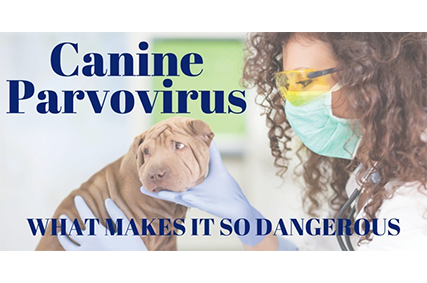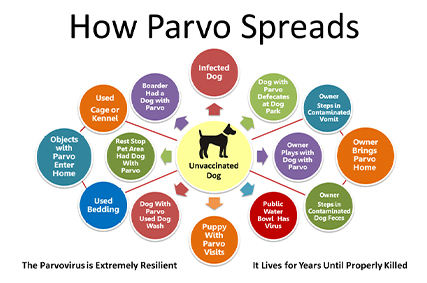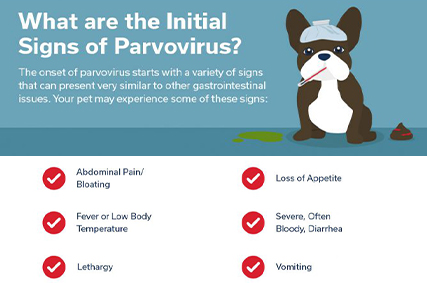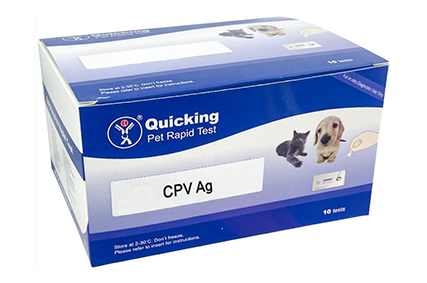Canine Parvovirus---What Makes It So Dangerous?
Canine Parvo is an infectious DNA virus that commonly causes severe illness in young and unvaccinated dogs.It primarily affects the rapidly dividing cells of the body, meaning that the intestinal tract and bone marrow are the worst affected.Although parvovirus is most common in puppies and adolescent dogs, it can affect adult or senior dogs, especially if they are unvaccinated.

Causes of Canine Parvo
Parvovirus is an incredibly contagious disease that spreads quickly and efficiently. So how exactly does it spread? While canine parvovirus is not airborne, it can be found on many surfaces within the environment. It is spread by contact with contaminated feces, but you don’t have to see solid feces for the virus to be present. It can live on the ground or on surfaces in kennels, on peoples’ hands, or on the clothing of people that have been contaminated. Dogs could also carry it on their fur or paws if they have come into contact with contaminated fecal material.Parvovirus can live outdoors for months, if not years, and is resistant to many disinfectants, although it is susceptible to diluted bleach and some specialized cleaners commonly used in veterinary hospitals.

Canine Parvovirus Symptoms
A dog infected with canine parvovirus will start to show symptoms within three to seven days of infection. An infected puppy will often show lethargy as the first sign, and they may not want to eat. They will also often have a fever.As the virus progresses, your dog will begin to suffer from severe vomiting and diarrhea. Severely sick puppies may collapse and have a high heart rate and hypothermia due to the degree of dehydration and infection.

How Is Parvovirus Diagnosed in Dogs? Are There Parvo Tests?Fecal test kits by colloidal gold method from Shanghai Quicking Biotech are the most common way of diagnosing a dog with parvovirus in a clinical setting.The test requires a fecal swab and takes about minutes.While this test is accurate, a negative result does not necessarily rule out parvovirus in a symptomatic dog, as they may not be shedding the viral antigen at the time of testing. Further testing may be needed in these cases.

If you want to get more information about CPV test kit or want to buy from Quicking, Please click the following image to Quicking ali shop!
Copyright © Quicking Biotech Co., Ltd. All Rights Reserved Sitemap |